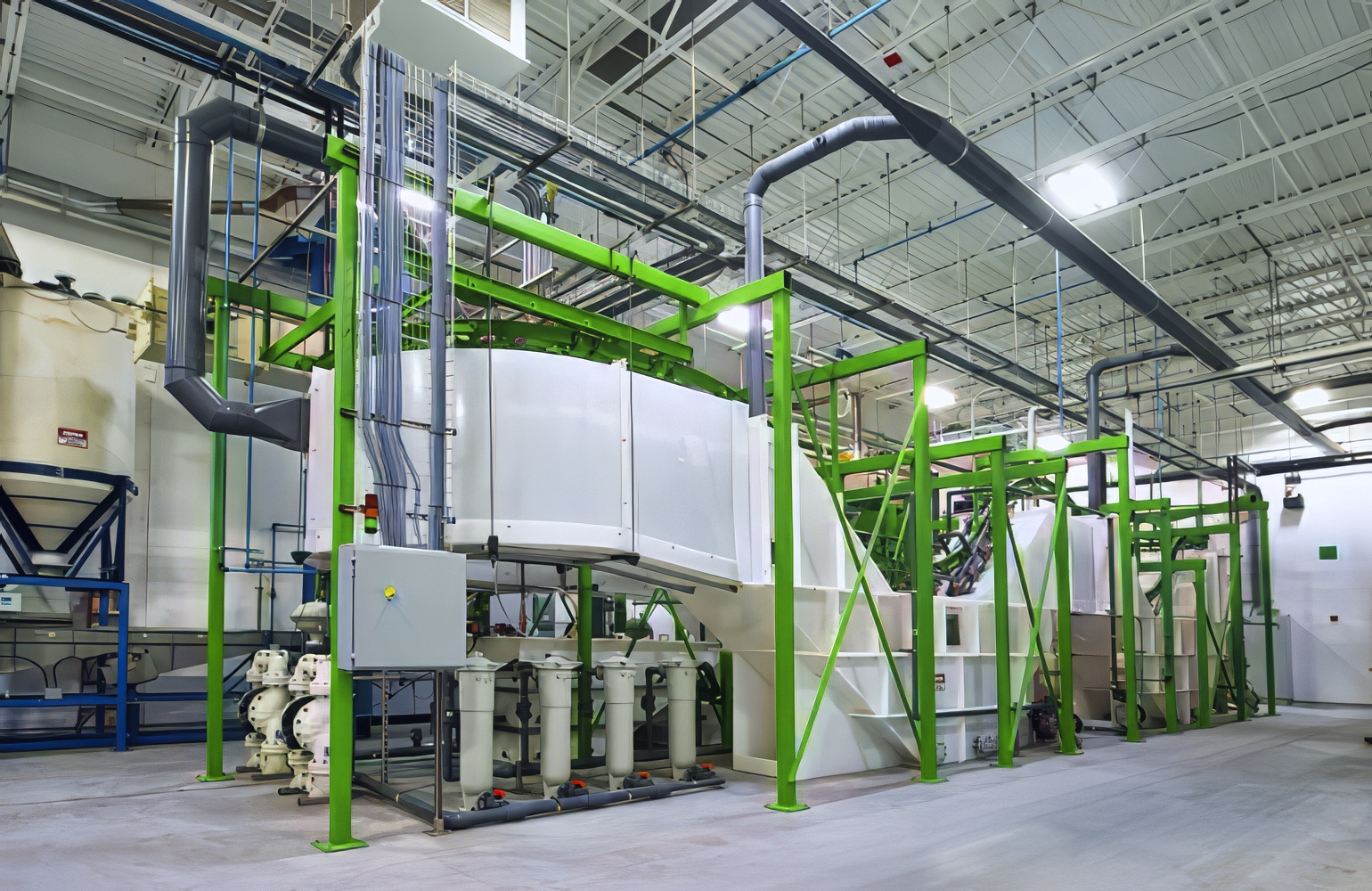Photovoltaic (PV) Recycling in Australia
Photovoltaic (PV) Recycling in Australia
PV Recycling in Australia: An updated review

Introduction
The adoption of photovoltaic (PV) solar panels has surged in Australia over the past decade, driven by decreasing costs, government incentives, and a growing commitment to renewable energy. With millions of solar panels installed across the country, managing end-of-life PV modules has become an emerging environmental and economic concern. Effective PV recycling is essential to recover valuable materials, prevent environmental pollution, and support a sustainable circular economy. As suppliers of products and systems to the PV recycling industry in Australia, we provide an in-depth analysis of the current state of the industry, highlighting significant projects and exploring future directions.
The Importance of PV Recycling
Environmental Concerns
- Waste Generation: Solar panels have a lifespan of approximately 25 to 30 years. As early installations reach end-of-life, a significant volume of PV waste is expected.
- Hazardous Materials: PV modules contain substances such as lead, cadmium, and other hazardous materials that can leach into the environment if not properly managed.
- Landfill Pressure: Without effective recycling, discarded solar panels contribute to landfill volumes, exacerbating waste management challenges.
Resource Recovery
- Valuable Materials: PV modules contain valuable materials like silicon, silver, copper, and aluminum that can be recovered and reused.
- Energy Savings: Recycling materials consumes less energy than producing them from virgin resources, reducing the environmental footprint.
- Sustainability: Supports a circular economy by reintegrating recovered materials into the manufacturing of new panels or other products.
Current State of PV Recycling in Australia
PV Waste Generation and Recycling Rates
- Installed Capacity: As of 2023, Australia has over 25 gigawatts (GW) of installed solar capacity.
- PV Waste Projections: The volume of PV waste is expected to rise sharply, potentially reaching 100,000 tonnes annually by 2035.
- Current Recycling Rate: Presently, PV recycling in Australia is in its infancy, with only a small percentage of end-of-life panels being recycled.
Regulatory Framework
- Product Stewardship Act 2011: Provides a framework for managing the environmental impacts of products, including emerging waste streams like PV modules.
- State Regulations:
- Victoria: Implemented a ban on e-waste, including PV panels, from landfill as of July 2019.
- New South Wales: Developing strategies for managing solar panel waste.
- No National Scheme: Currently, there is no national mandatory product stewardship scheme specifically for PV modules.
Infrastructure and Capacity
- Recycling Facilities: Limited number of specialized facilities capable of processing PV modules.
- Research and Development: Ongoing efforts to develop efficient and cost-effective recycling technologies.
- Export: Some end-of-life panels are exported for recycling or reuse, but export regulations are becoming stricter.
As suppliers to this industry, we provide essential equipment and systems that enhance the efficiency and capacity of recycling facilities, contributing to technological advancement and increased recycling rates.
The PV Recycling Process
- Collection: PV modules are collected from decommissioned solar installations, installers, and waste management services.
- Transportation: Panels are transported to recycling facilities while ensuring safe handling to prevent breakage and contamination.
- Disassembly:
- Manual Removal: Frames and junction boxes are manually removed to separate materials.
- Mechanical Processing:
- Shredding: Panels are shredded into smaller pieces to liberate materials.
- Material Separation:
- Thermal Treatment: Used to separate encapsulating materials and facilitate the recovery of silicon cells.
- Chemical Treatment: Involves chemical processes to dissolve and recover metals like silver and lead.
- Physical Separation: Techniques such as magnetic separation and eddy current separation recover metals like aluminum and copper.
- Refinement:
- Silicon Recovery: Purification processes recover silicon for reuse in new PV modules or other applications.
- Glass Recycling: Glass is processed and recycled into new glass products or used in construction materials.
Our products and systems are integral at various stages of this process, particularly in disassembly, material separation, and refining operations, where efficiency and precision are crucial.
Benefits of PV Recycling
Environmental Benefits
- Pollution Prevention: Proper recycling prevents hazardous substances from contaminating soil and water.
- Resource Conservation: Recovers valuable materials, reducing the need for mining and refining new resources.
- Emission Reduction: Recycling materials consumes less energy and produces fewer greenhouse gas emissions than primary production.
- Waste Reduction: Diverts PV modules from landfills, alleviating waste management pressures.
Economic Benefits
- Job Creation: Supports employment in collection, processing, manufacturing, and research sectors.
- Market Development: Stimulates markets for recycled materials and promotes innovation in recycling technologies.
- Cost Savings: Provides cost-effective raw materials for manufacturers, potentially reducing production costs.
- Industry Growth: Supports the sustainable growth of the solar industry by addressing end-of-life management.
By supplying advanced equipment and systems, we contribute to amplifying these benefits, enabling the industry to operate more sustainably and economically.
Challenges Facing the Industry
Technical Challenges
- Complex Material Composition: PV modules consist of various materials laminated together, making separation and recovery challenging.
- Economic Viability: The low value of recovered materials compared to the costs of recycling can impact profitability.
- Lack of Standardization: Variability in panel designs and materials complicates the recycling process.
Our advanced technologies address these challenges by improving material separation accuracy, enhancing recovery efficiency, and reducing processing costs.
Collection and Participation
- Low Collection Rates: Limited awareness and infrastructure for PV recycling lead to low collection of end-of-life panels.
- Illegal Dumping: Without proper regulations and enforcement, some panels may be improperly disposed of.
Regulatory and Compliance Issues
- Inconsistent Regulations: Variations in state regulations create challenges for nationwide recycling efforts.
- Lack of Mandatory Schemes: The absence of a national mandatory recycling program hinders industry-wide participation.
Economic Constraints
- High Processing Costs: The costs associated with recycling processes can be prohibitive without sufficient economies of scale.
- Market Fluctuations: Prices for recovered materials can be volatile, affecting the economic viability of recycling operations.
Government Initiatives and Policies
National Waste Policy Action Plan 2019
- Targets: Aims to reduce total waste generation and increase resource recovery rates across all waste streams.
- E-Waste Focus: Recognizes the need to manage emerging waste streams like PV panels.
Product Stewardship Initiatives
- Product Stewardship Centre of Excellence: Supports the development of product stewardship schemes, including for PV modules.
- Consultations: The federal government is engaging with stakeholders to explore options for managing PV waste.
State and Territory Actions
- Victoria:
- Landfill Ban: Banned all e-waste, including PV panels, from landfill disposal.
- Investment: Allocated funding to improve e-waste recycling infrastructure.
- New South Wales:
- Strategy Development: Working on a solar panel and battery storage system waste strategy.
These policies promote the growth of the PV recycling industry, creating opportunities for suppliers like us to support expanding infrastructure needs.
Highlighting Significant Projects in Australia
Reclaim PV Recycling
- Overview: Reclaim PV Recycling is Australia’s first dedicated PV recycling service.
- Facilities:
- Established processing facilities in South Australia, with plans to expand nationally.
- Services:
- Provides collection and recycling services for end-of-life solar panels.
- Process:
- Utilizes mechanical and thermal processes to recover materials such as glass, aluminum, silicon, and metals.
- Impact:
- Aims to recycle over 1 million solar panels by 2030.
- Works with manufacturers and installers to provide end-of-life solutions.
PV Industries
- Overview: PV Industries is a recycling company specializing in solar panel and battery recycling.
- Projects:
- Partnered with the University of New South Wales (UNSW) for research on advanced recycling technologies.
- Innovation:
- Developing processes to improve material recovery rates and economic viability.
- Contribution:
- Offers collection and recycling services, diverting panels from landfill.
Lotus Energy
- Overview: Lotus Energy is engaged in sustainable energy solutions, including PV recycling initiatives.
- Significant Project:
- Plans to establish a solar panel recycling facility in Victoria.
- Goals:
- Create a circular economy model by recycling panels and reintroducing materials into manufacturing.
- Sustainability Efforts:
- Focuses on reducing environmental impacts and promoting renewable energy adoption.
Solar Recovery Corporation
- Overview: A company aiming to provide comprehensive recycling solutions for solar panels and associated equipment.
- Initiatives:
- Developing facilities to process end-of-life PV modules.
- Engaging with industry stakeholders to create sustainable recycling pathways.
Our collaboration with these and other projects involves supplying advanced equipment and systems that enhance processing efficiency, safety, and environmental performance.
Innovations and Future Prospects
Technological Advancements
- Advanced Material Separation:
- Development of techniques to separate laminated layers and recover high-purity materials.
- Chemical and Thermal Processes:
- Research into environmentally friendly processes that improve recovery rates of valuable materials.
- Automation and Robotics:
- Use of automated systems to disassemble panels, increasing efficiency and worker safety.
Our commitment to innovation ensures that we offer the latest technologies to recycling facilities, improving environmental outcomes and economic viability.
Circular Economy Initiatives
- Design for Recycling:
- Encouraging manufacturers to design PV modules that are easier to recycle, with standardized materials and fewer hazardous substances.
- Extended Producer Responsibility (EPR):
- Policies holding manufacturers accountable for end-of-life management, promoting sustainable product design and financing recycling efforts.
Market Development
- Domestic Processing:
- Expanding local recycling capabilities to reduce reliance on exports and enhance supply chain resilience.
- Material Supply for Manufacturing:
- Supplying recovered materials to domestic manufacturers, supporting industry growth and sustainability.
Industry Collaboration
- Partnerships:
- Collaboration between government entities, industry players, and research institutions is crucial for advancing technology and expanding markets.
- Investment in R&D:
- Increased funding for research and development to improve recycling processes and develop innovative applications for recycled materials.
We actively participate in industry collaborations and invest in research and development to contribute to the industry’s sustainable future.
Where From Here: The Future of PV Recycling in Australia
The PV recycling industry in Australia is poised for significant growth and innovation:
- Policy Advancements: Potential development of a national mandatory product stewardship scheme will increase recycling obligations and opportunities.
- Technological Innovation: Advancements in processing technologies will improve efficiency, safety, and environmental performance.
- Consumer and Industry Engagement: Enhanced awareness and responsibility among consumers, installers, and manufacturers will boost recycling rates.
- Sustainability Goals: Aligning with national and global sustainability objectives, the industry will contribute significantly to reducing environmental impacts and supporting the renewable energy transition.
As suppliers to the PV recycling industry, we are dedicated to supporting these advancements by providing state-of-the-art products and systems that enhance efficiency, ensure safety, and contribute to the industry’s overall growth.
Conclusion
PV recycling in Australia is essential for environmental protection, resource conservation, and sustainable development. While the industry is still emerging, there is significant potential for growth. Challenges such as technical complexities, economic constraints, and regulatory gaps need to be addressed.
By focusing on technological innovation, policy support, and industry collaboration, Australia can enhance its PV recycling performance, benefiting both the environment and the economy. We remain committed to supporting the industry through our advanced products and systems, contributing to a more sustainable future.
References
- Australian Photovoltaic Institute (APVI). (2023). Solar PV Maps and Tools. Retrieved from www.apvi.org.au
- Clean Energy Council. (2023). Australian Clean Energy Reports. Retrieved from www.cleanenergycouncil.org.au
- Department of Climate Change, Energy, the Environment and Water. (2023). Solar Panel Waste Management. Retrieved from www.dcceew.gov.au
- Reclaim PV Recycling. (2023). Solar Panel Recycling Services. Retrieved from www.reclaimpv.com
- PV Industries. (2023). Solar Panel and Battery Recycling Solutions. Retrieved from www.pvindustries.com.au
- Product Stewardship Centre of Excellence. (2023). Best Practices in Product Stewardship. Retrieved from www.stewardshipexcellence.com.au
- Sustainability Victoria. (2023). E-Waste Ban and Recycling Information. Retrieved from www.sustainability.vic.gov.au
- Australian Renewable Energy Agency (ARENA). (2023). Research and Development Projects. Retrieved from www.arena.gov.au
- Lotus Energy. (2023). Sustainable Energy Solutions. Retrieved from www.lotusenergy.com.au


